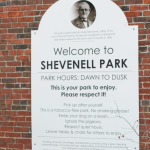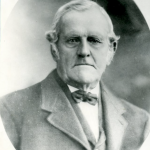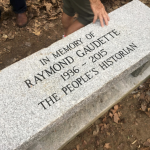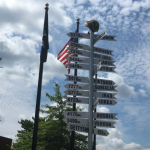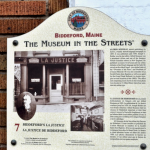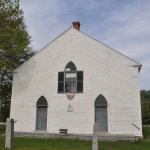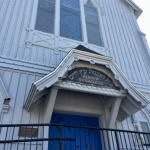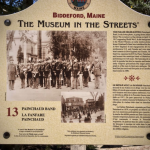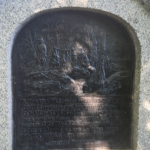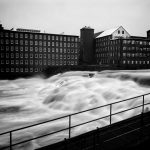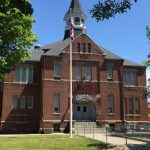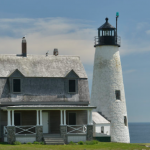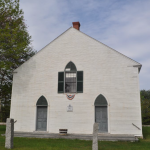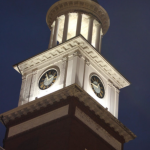Museum in the Streets
Be sure to check out the newly revised Museum in the Streets Brochure by clicking here.
The Museum in the Streets is the brainchild of Patrick Cardon of Cushing, Maine. Cardon, founder and director, started to install the museum throughout various locations in 1993.
The Biddeford Museum in the Streets began in 2006 and currently has 30 panels, written in both English and French. With the assistance of sponsors and city funding, it was installed and cared for by the Biddeford Historical Society. It is now under the care and management of the Biddeford Cultural and Heritage Center.
The museum, intended to provide a walking history guide for tourists and residents, facilitates free tours which help to educate and foster a sense of identity while bringing awareness of heritage and culture in the City of Biddeford. The Museum in the Streets allows Biddeford to tell its story, giving the viewer a sense of place and allowing them to discover that story at their own pace.
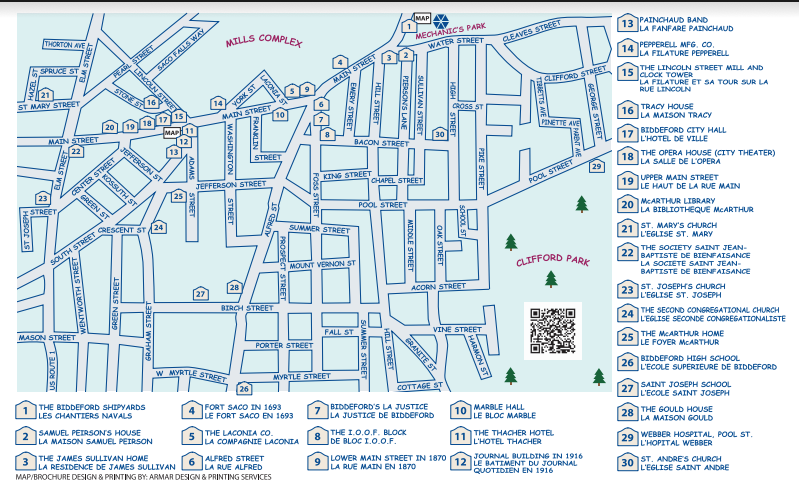
View all images of the historical guides by clicking here.
THE MUSEUM IN THE STREETS ®™ is designed as a bilingual history and culture walking tour created by the Biddeford Historical Society. The Society chose French as the second language in recognition of the substantial population of Franco-Americans as well as the many francophone tourists who visit our area. The immediate roots of the Franco-Americans go back to Canada in the 17th century.
LE MUSÉE DANS LA RUE®™ conçu pour une promenade historique et culturelle fut créé par la Société Historique de Biddeford. La Société a choisi le français comme seconde langue en reconnaissance de la forte population franco-américaine de Biddeford ainsi que les maints touristes francophones qui viennent parmi nous chaque année. Les racines immédiates de ces Franco-Américains remontent au Canada du 17eme siècle.
History in English
An early Industrial Revolution site, Biddeford was settled in 1630 by proprietors John Oldham and Richard Vines. They received their land grant as payment for services to the Plymouth Company in 1629. John Oldham was killed on a trading voyage leaving Richard Vines principally connected with the early development of the town. He had spent a winter here in 1616-1617 as a physician investigating a plague among the Natives. English settlers named the area Saco, a contraction of the river name thought to be Sawcotuck.
Saco was destroyed in 1688 by Indians and was renamed Biddeford after Bideford, England in 1719. In the 18th century, Biddeford was a small village. The land was agriculturally poor; shipbuilding, lumbering, and fishing became the major industries. A few merchant mills utilized tributaries of the Saco, but not the river itself. Seth Springs and Moses Bradbury were Revolutionary War veterans who had first utilized the river for power around 1775. They built mills on Spring’s Island and dams in the river itself. The Saco River falls 47 feet at Biddeford and has a dependable flow from large wetlands in the White Mountains.
The 19th century brought vast changes in size and wealth. In 1830, Samuel Batchelder was brought to the area as a consultant on mills being built on Factory Island. He realized the river valley land in Biddeford held the potential to become a huge industrial site. He organized the Saco Water Power Company in 1837. Capital poured into Biddeford from investors enraptured by the “ New England Mill Fever” and the village was dramatically changed into a city.
From the late 1800’s through the early 1950’s Biddeford maintained a strong identity as a productive mill city where thousands of immigrants seeking work came to establish themselves and their extended families. Failure to diversify and to deal with the loss of its mills to southern competitors forced the city to reevaluate its resources and establish new guidelines for growth and development.
Today Biddeford has joined with entrepreneurs to plan for the revitalization of the City’s sprawling downtown mill district. The adaptive re-use of the historic mills into a unique mix of commercial and residential uses is espected to stimulate new vitality into the City’s urban center and its historic mill complex.
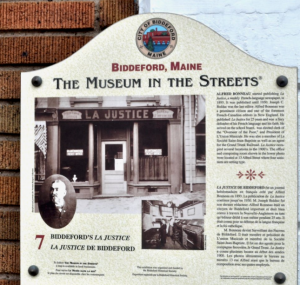
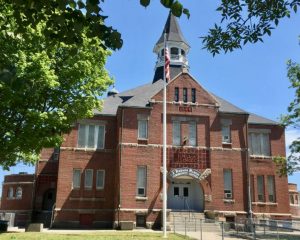
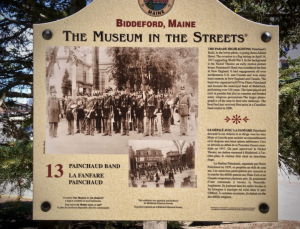
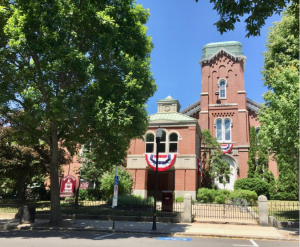
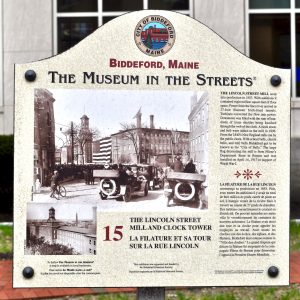
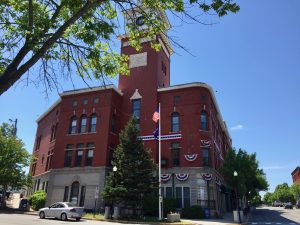
History in French
Biddeford, Maine fut fondé en 1630 par les propriétaires John Oldham et Richard Vines qui avaient reçu leur concession pour services rends à la Compagnie de Plymouth en 1629. Dans les années dix-huit cent Biddeford devint un village. La culture du poisson, l’entreprise forestière, et la construction navale y furent les industries majeures. Vers 1775, Seth Springs et Moses Bradbury furent les premiers à utiliser la rivière Saco afin de générer de la puissance électrique.
En 1830, on embaucha Samuel Bachelier comme consultant pour la construction des fabriques sur Factory Island. Plus tard en 1837, il organisa la compagnie “Saco Water Power Company.” Et c’est ainsi que Biddeford émergea comme une ville industrielle.
Des années dix-huit cent jusqu’au milieu du dix-neuvième siècle, Biddeford a maintenu son identité de ville de “moulins” tout en accueillant des milliers d’immigrants surtout de l’Irlande et du Canada français. Faute de diversification dans son industrie, Biddeford perdit à la longue ses industries. C’est alors que la ville a dû réévaluer ses ressources et adopter des mesures qui favoriseraient la croissance.
Aujourd’hui Biddeford prend conscience de plus en plus de son ensemble industriel d’anciennes filatures dans son programme de revitalisation. Avec l’entrain des entrepreneurs qui y apportent une planification énergique, le futur s’annonce bien pour une utilisation à la fois résidentielle et industrielle.
THE MUSEUM IN THE STREETS®™ installation was created and organized by The Biddeford Historical Society. Biddeford Cultural & Heritage Center has assumed the care and management.
For further information contact us at:
museum@biddefordcultural.org
L’installation du MUSEE DANS LES RUES®™ fut créée et organisée par la Société Historique de Biddeford. A présent, le Centre de Culture et Héritage de Biddeford est responsable pour son soutien et direction.
Pour plus d’information, écrivez à:

